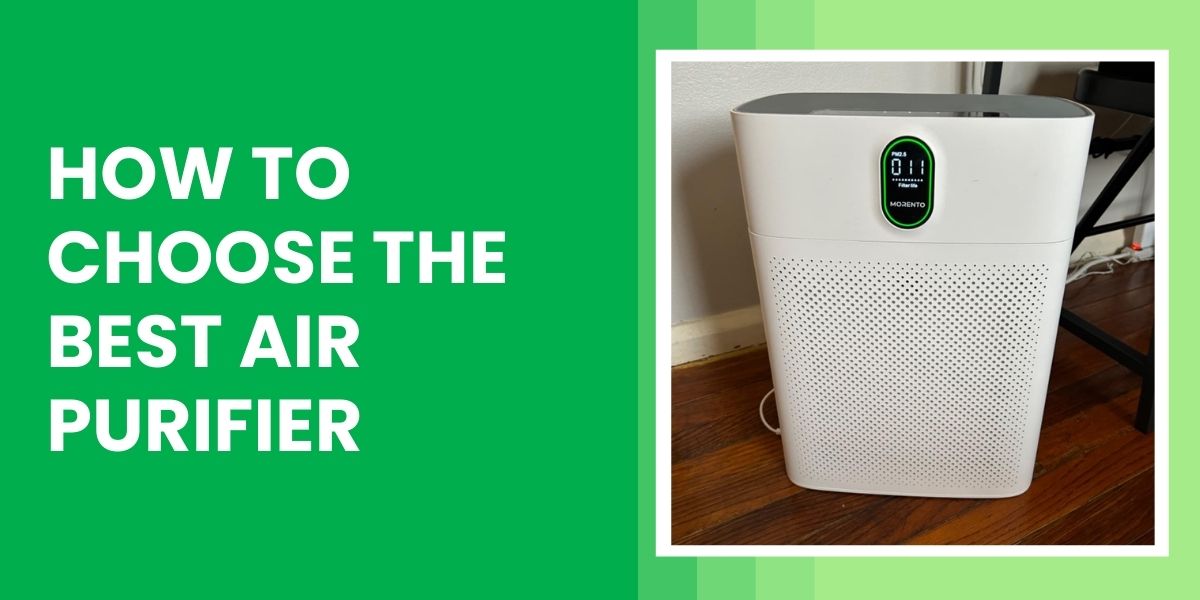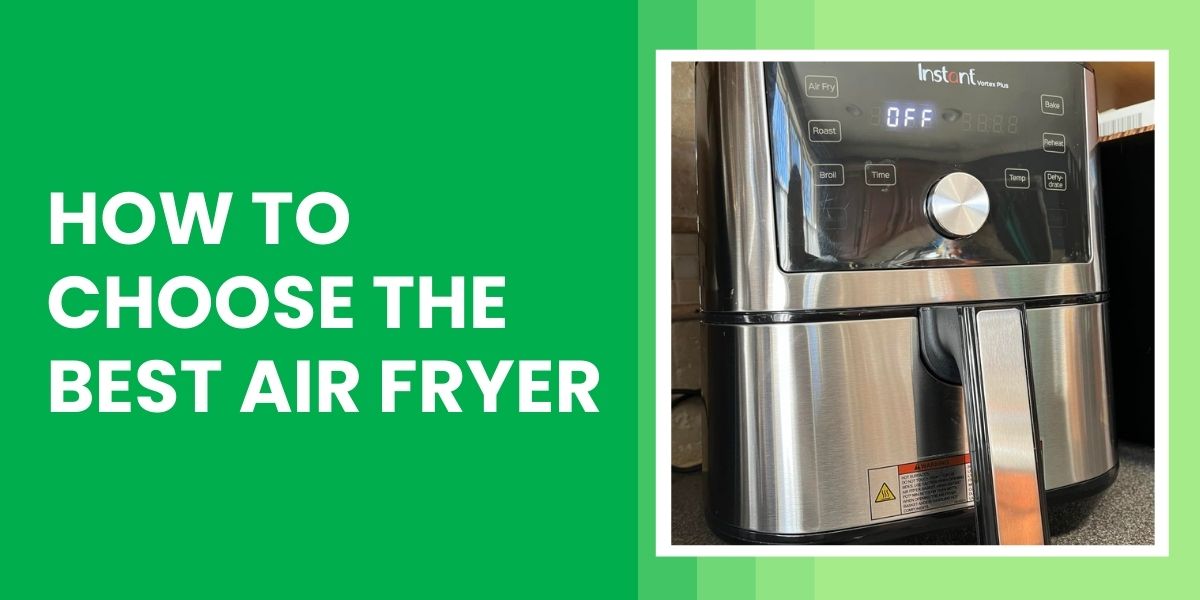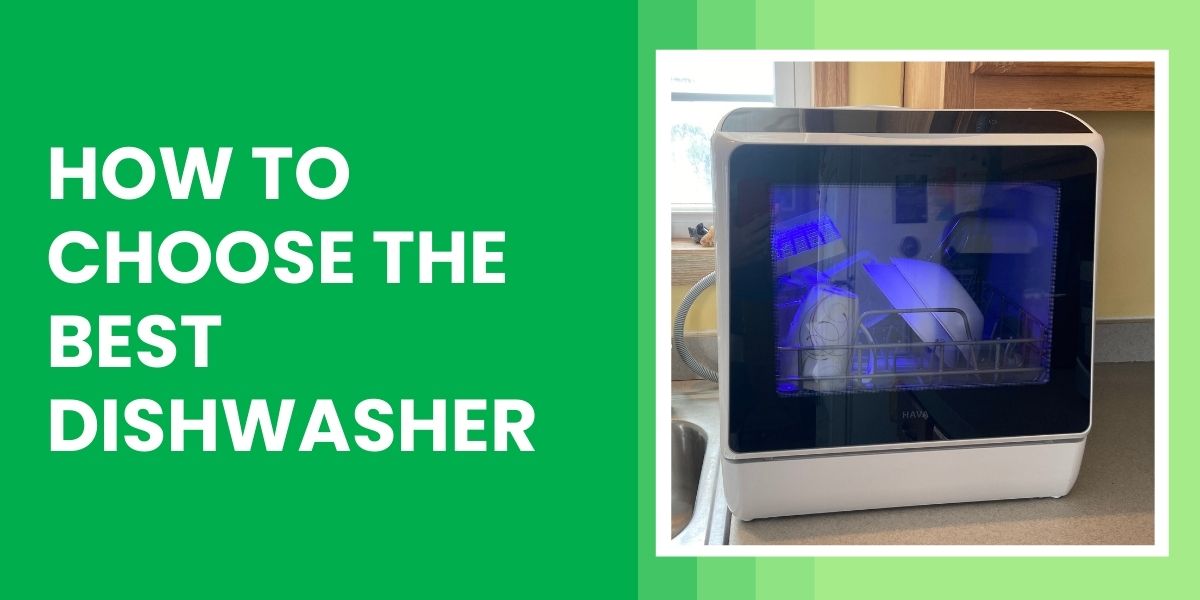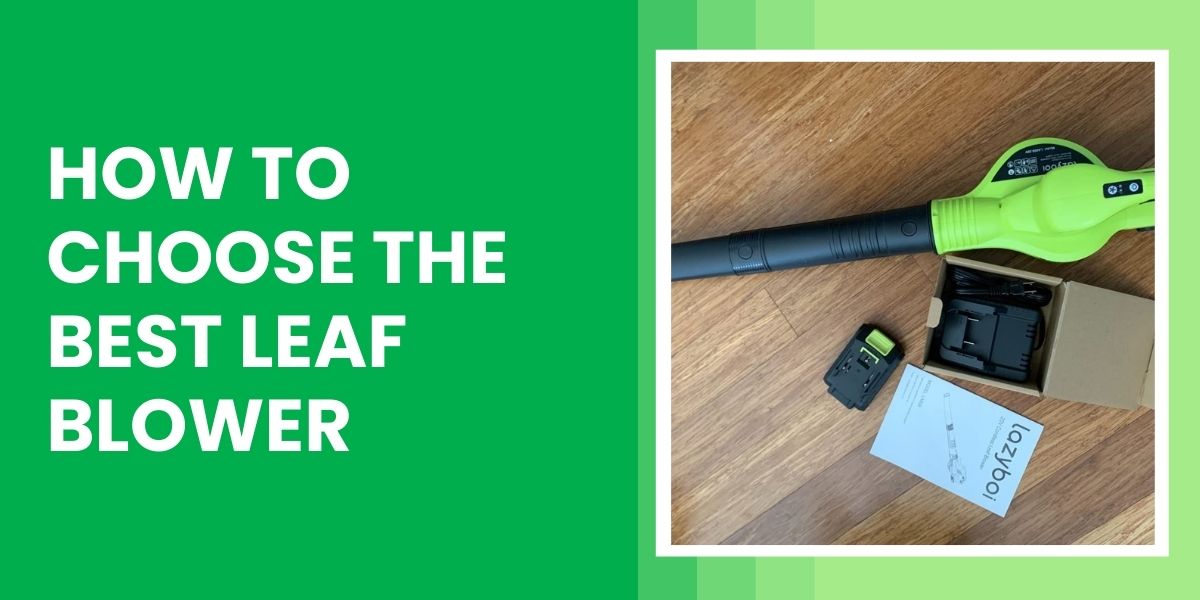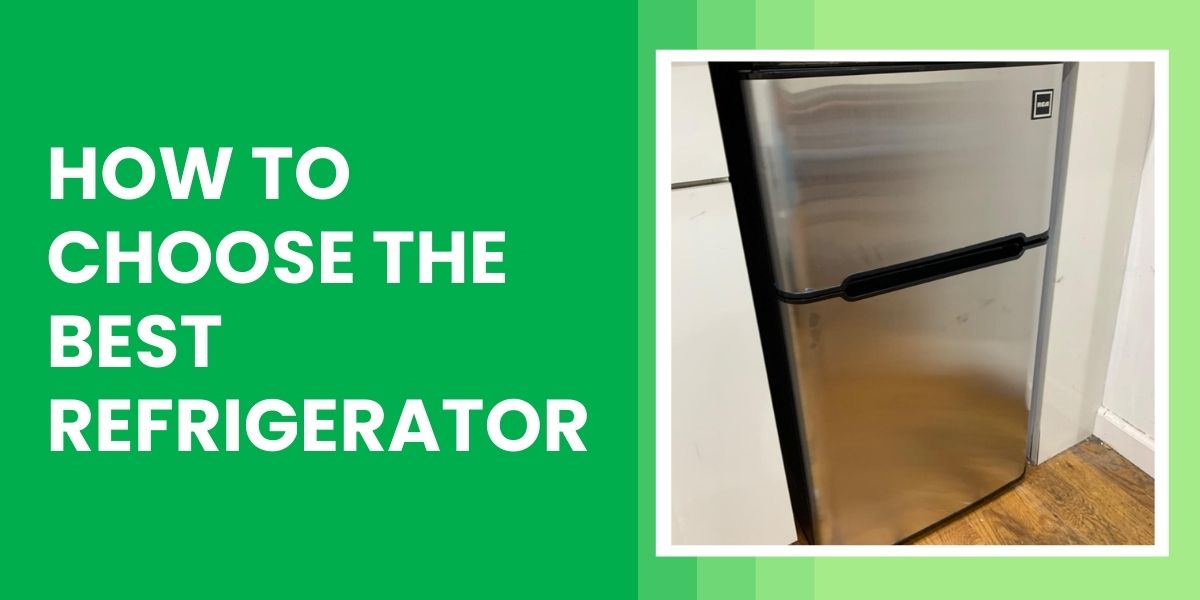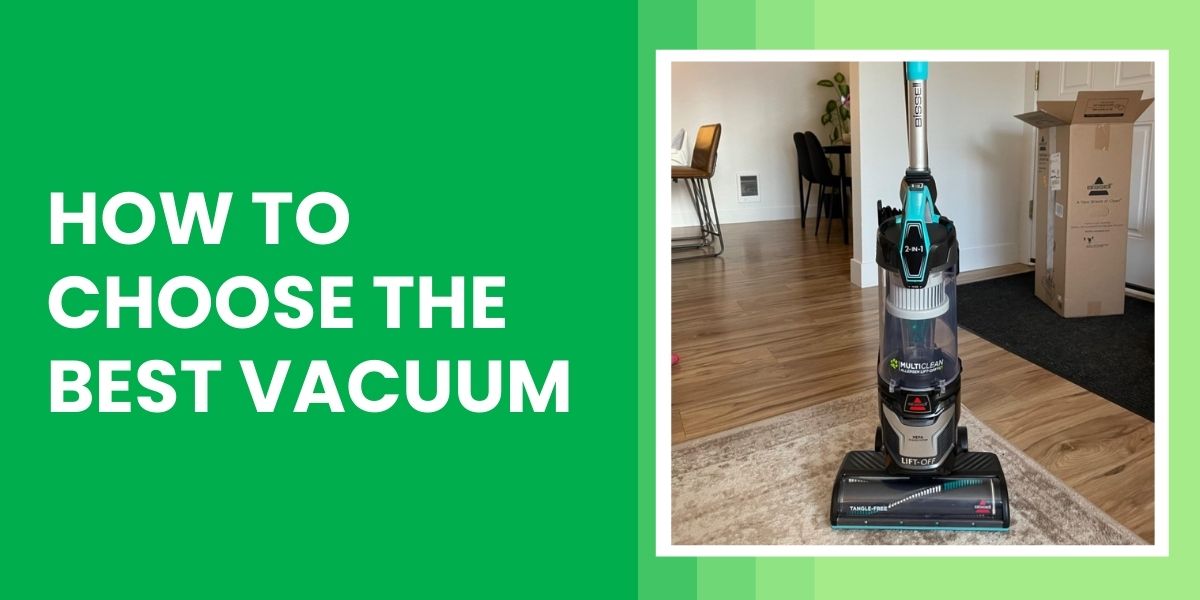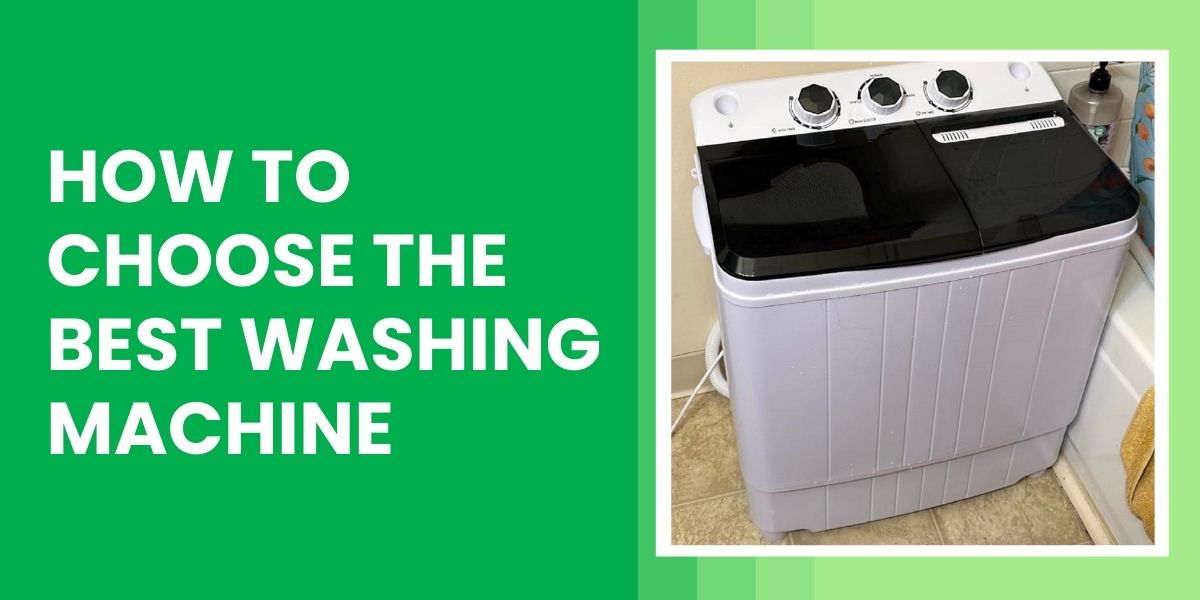Indoor air can be filled with pollutants like dust, pollen, pet dander, smoke, and even harmful gases—especially if you have allergies, asthma, or live in a high-traffic area. That’s where air purifiers come in. They help clean the air in your home, making it healthier and more comfortable to breathe. But with so many models and features available, choosing the best air purifier can feel overwhelming. This buying guide breaks down everything you need to know so that you can confidently pick the right model for your space and needs.
Things to Consider When Buying an Air Purifier
Here’s a detailed breakdown of what to look for:
1. Room Size and Coverage Area
Before buying an air purifier, measure the room where you plan to use it. Most models list a maximum room size in square feet (sq. ft.) or square meters (m²) they can effectively cover.
As a general guide:
- Small Rooms (up to 150 sq. ft.) – Go for compact purifiers ideal for bedrooms or offices.
- Medium Rooms (150–300 sq. ft.) – Look for models designed for living rooms or larger bedrooms.
- Large Rooms (300–500+ sq. ft.) – Choose high-capacity purifiers with powerful fans.
- Open Spaces or Entire Homes (over 600 sq. ft.) – Consider whole-house units or multiple purifiers.
Tip: If you have high ceilings (above 8 feet), consider a more powerful unit or upgrade one level above the room size listed.
2. Clean Air Delivery Rate (CADR)
CADR (Clean Air Delivery Rate) tells you how fast and effectively a purifier can clean the air. It’s measured in cubic feet per minute (CFM) for dust, smoke, and pollen.
What CADR ratings to look for:
- For Small Rooms (up to 150 sq. ft.): Minimum CADR 100–120
- For Medium Rooms (150–300 sq. ft.): CADR around 150–200
- For Large Rooms (300+ sq. ft.): CADR 250+
Pro Tip: To match CADR to your room, divide the square footage by 1.55. For example, a 250 sq. ft. room needs a CADR of around 160.
Also, ensure the CADR is balanced across all three categories (especially smoke if you’re targeting odors or wildfire pollutants).
3. Filter Types
Understanding the filter types is key to choosing the right purifier for your needs:
- True HEPA Filters: Capture 99.97% of particles down to 0.3 microns. Ideal for removing dust, pollen, mold spores, and pet dander. Look for “True HEPA” (not “HEPA-type” or “HEPA-like,” which are less effective).
- Activated Carbon Filters: Absorb odors, smoke, gases, and VOCs (common in paints, cleaning products). If you’re dealing with pets, cooking smells, or smoke, a carbon filter is essential.
- Pre-Filters: Trap large particles like hair and lint, helping extend the life of other filters. These are often washable or replaceable.
Best Choice: A model that combines HEPA and activated carbon filters offers the most complete air cleaning solution.
4. Noise Level
If you plan to use the purifier in a bedroom, nursery, or office, noise matters.
- Below 30 dB: Very quiet – ideal for bedrooms or nighttime use.
- 30–50 dB: Normal fan noise – suitable for most living areas.
- 50+ dB: Audible and possibly distracting, best for short-term or daytime use.
Look for models with a “sleep mode” that lowers fan speed and dims lights for overnight use.
5. Energy Efficiency
Air purifiers may run continuously, so energy use adds up. Always check for an ENERGY STAR® certification.
- Efficient models use as little as 30–50 watts.
- Higher power units may consume up to 100+ watts.
To save energy, choose a model with an auto mode that adjusts fan speed based on air quality.
6. Maintenance and Filter Replacement
Filter maintenance affects both performance and long-term cost.
- HEPA Filters: Replace every 6–12 months. Cost: $20–$60.
- Carbon Filters: Replace every 3–6 months. Cost: $10–$40.
- Pre-Filters: Washable or replaced monthly.
Some models have filter change indicators, which are very helpful for timely maintenance.
7. Smart Features
Smart air purifiers can automate your indoor air care.
Look for features like:
- Air Quality Sensors: Adjust fan speed automatically.
- Wi-Fi or Bluetooth: Monitor and control settings through an app.
- Voice Control: Works with Alexa, Google Assistant, or Siri.
- Usage Logs: Show filter life or air quality history.
These features are especially helpful for allergy sufferers or parents managing a baby’s environment.
8. Portability and Design
Design matters more than you think—especially in small homes.
- Lightweight units (under 10 lbs) are easy to move between rooms.
- Compact purifiers fit on tables or shelves.
- Wheels or handles make it easier to move large units.
Choose a design that blends into your decor if you’ll keep it in visible areas.
9. Budget
Air purifier pricing varies widely:
- Budget (under $100): Covers small rooms, fewer features.
- Mid-Range ($100–$250): Great for average homes, often includes HEPA + carbon filters and basic smart features.
- High-End ($250+): Covers large spaces, advanced sensors, app integration, quieter operation.
Remember to factor in replacement filter costs when calculating total ownership cost.
10. Certifications
Ensure your air purifier meets health and safety standards:
- AHAM Verified: Confirms the purifier’s CADR and room size claims.
- Energy Star: Guarantees energy efficiency.
- CARB Certified: Required in California, means the unit produces safe ozone levels.
Additional Features to Consider:
- Auto Mode & Air Quality Sensors
Modern purifiers often include built-in sensors that detect air pollutants (like PM2.5, smoke, or VOCs) and automatically adjust fan speed based on real-time air quality. - Sleep Mode
This mode reduces noise and dims indicator lights, making it ideal for bedrooms or baby nurseries. - Timer Function
Lets you schedule when the purifier turns on or off—ideal for energy savings and convenience. - Filter Replacement Indicator
Alerts you when it’s time to change or clean the filter—removes guesswork and ensures peak performance. - Child Lock or Pet Lock
Prevents kids or pets from accidentally changing settings. - Remote Control or App Control
Allows you to control the air purifier from a distance, ideal for large rooms or when mounted high.
Choosing the best air purifier comes down to understanding your specific needs—whether you’re battling seasonal allergies, pet hair, smoke, or just want cleaner air overall. By considering key factors like room size, CADR, filter type, and maintenance costs, you can narrow down the right model for your space. Don’t forget to look for extra features like auto mode, smart controls, or sleep settings for added convenience.

